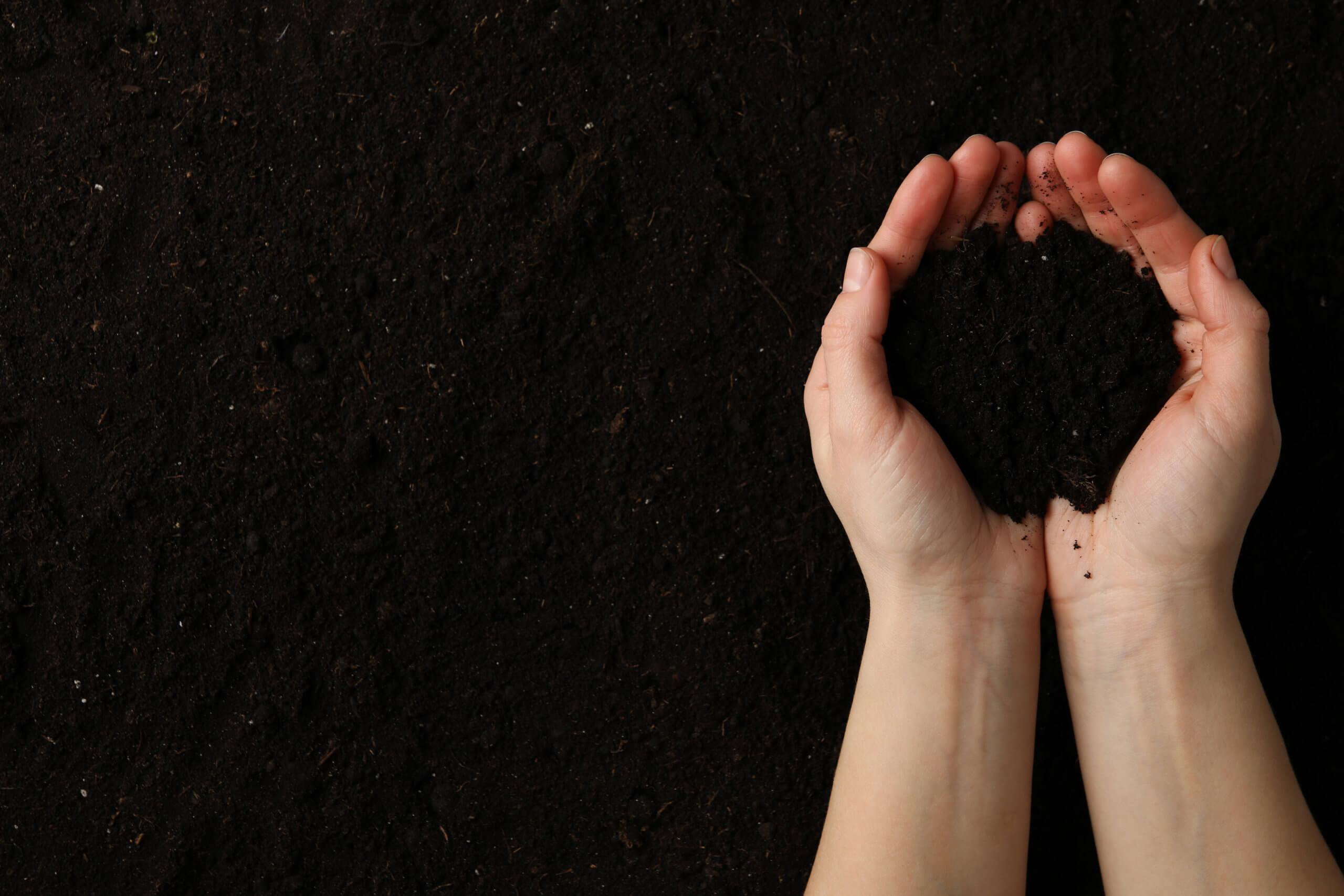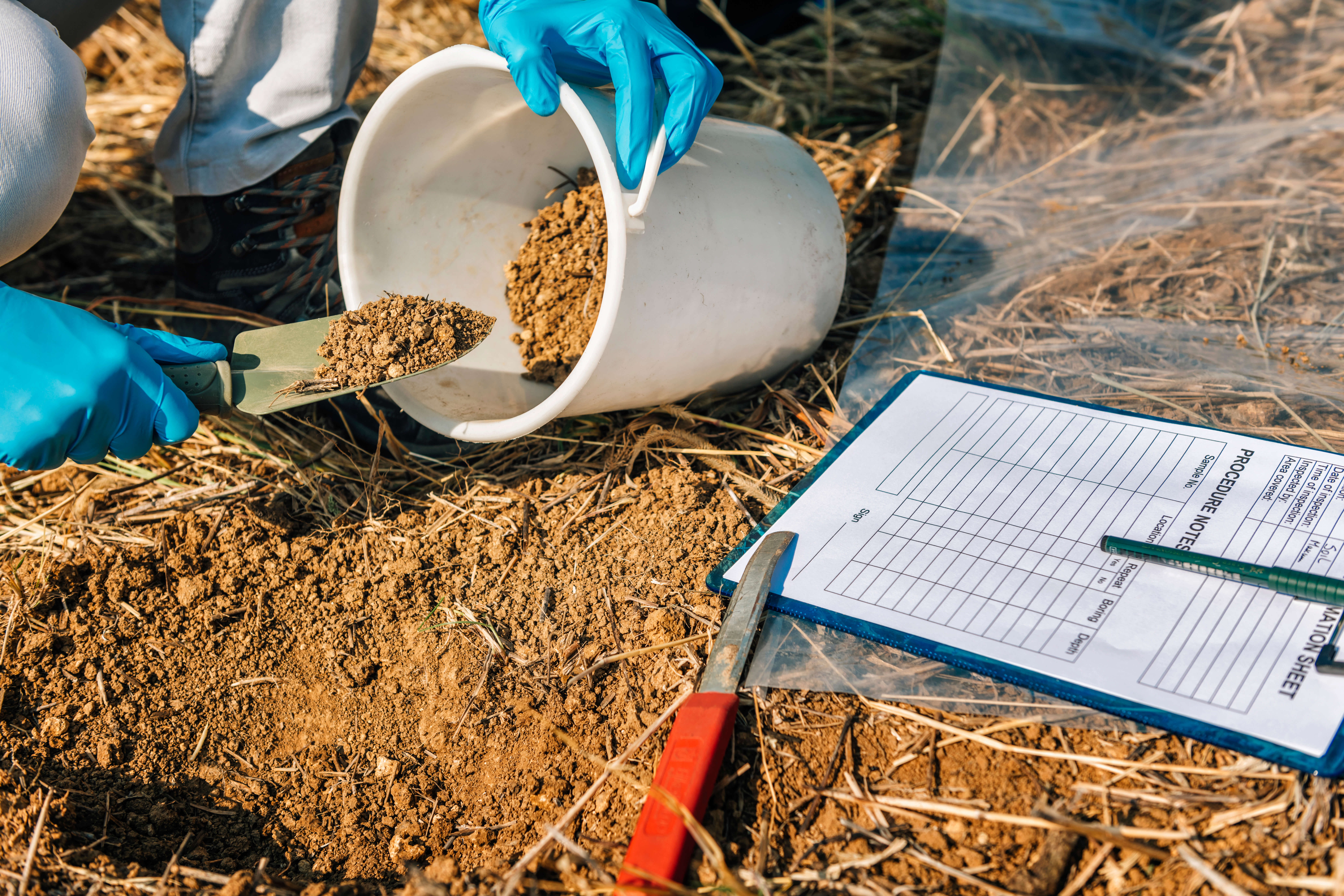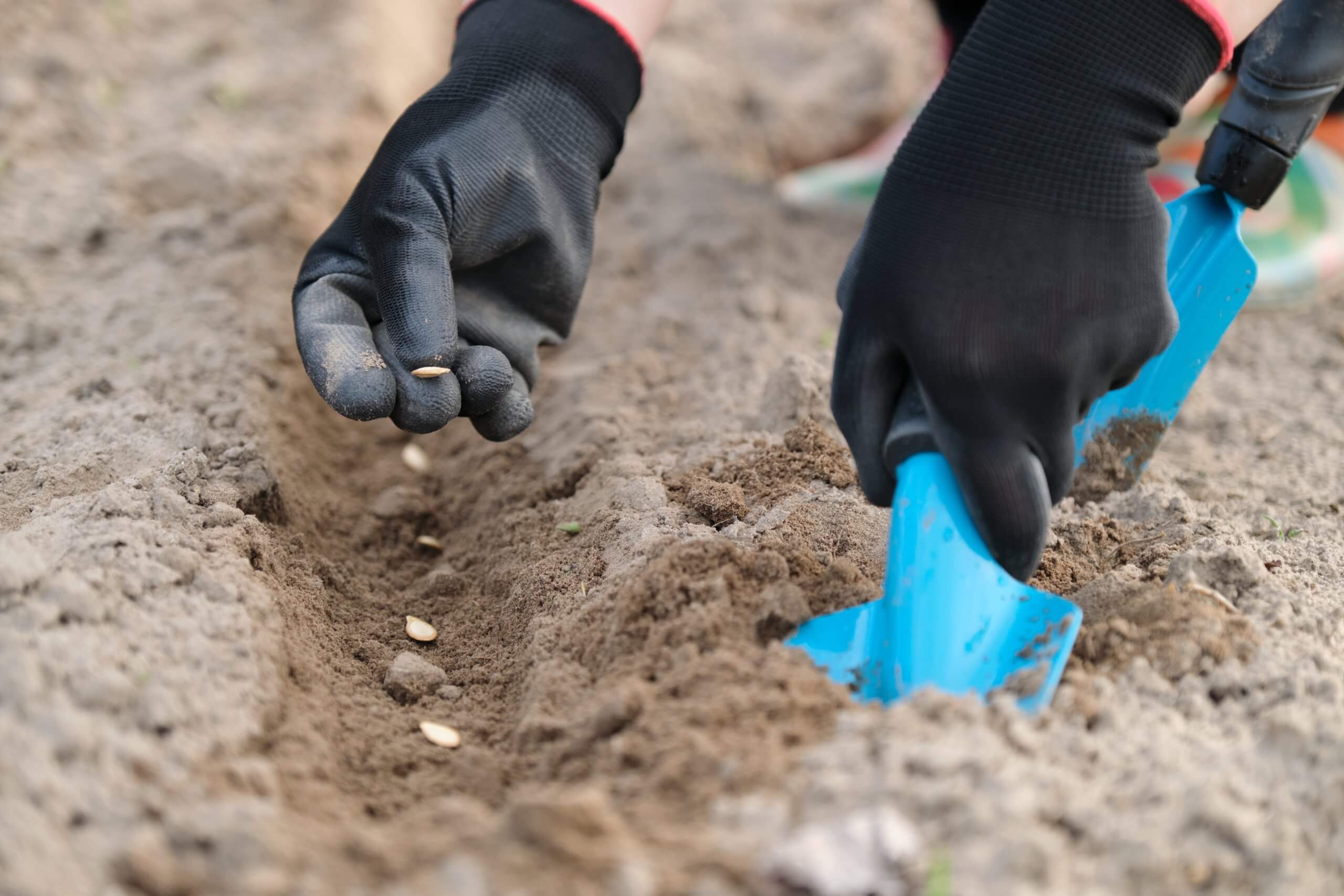Regenerative Farming – The key lies in the soil
The world of sustainability is full of jargon and buzzwords. One of the current favourites is “regenerative Farming”. It has been discussed on BBC Countryfile, was a talking point on the Nature Day of COP26, and features in media articles regularly. One of the problems seems to be that there
are many different interpretations of what regenerative farming, or regenerative agriculture is. In fact it can be broken down to a fairly simple process, better management of the earth.
Top Soil
As far back as 2006 the Environment Agency was warning that “2.2 million tonnes of topsoil is eroded annually in the UK and over 17% of arable land shows signs of erosion”. Soil loss is often seen
as a problem associated with deforestation, and desertification. But with changing weather patterns soil loss and degradation can occur anywhere. The Soil Protection Review is part of a cross compliance system of tackling threats to earth degradation and the countryside in England. It is carried out by farmers annually and involves identifying soil issues, deciding on measures to manage and protect soils, and then reviewing success. This is an ongoing process that has slowed the rate of degradation, at least in this country.
.


Organic Matter
Regenerative agriculture starts with building healthy soil by focusing on rebuilding organic matter and the natural living biodiversity in the soil. There are some basic practices that can be implemented to start soil improvement. These include using cover crops, reducing tilling, rotating crops, spreading compost, and moving away from synthetic fertilizers, pesticides, herbicides, and factory farming. US President Franklin D Roosevelt said as far back as 1934: “The nation that destroys its soils, destroys itself.” Conventional intensive farming pays little attention to soil life or soil health, relying on artificial means to boost productivity and viability, and intensively farmed areas in the US Midwest, Russia and Australia have been grappling with the problem of soil
degradation for decades.
Build from the soil
Regenerative Farming builds the soil and then protects and nurtures the natural productivity, fertility, and biodiversity in the soil by working with nature rather than against it. As the health of
the soil recovers it becomes naturally fertile and productive and allows soil life to return and thrive. Additional benefits are improvements in water infiltration and increases in the ability to absorb carbon from the air and store it within the soil, rather than releasing it as is the case with more
conventional farming.


Resource Management
Resource management is another key factor in regenerative agriculture, and we will return to that and to look at other bits of Agri-Food jargon in future. The use of complex terminology the often obscures positive stories about work being done in the Agri-Food industry for the person in the street.
How we can help
Super Motion create films about agriculture and food that document the inspiring stories of change and growth in the industry. At our Agri Food Pioneers You Tube channel we talk to people in the agri-food industry about the positive and environmental changes they are making to deliver a
sustainable, low carbon and regenerative future. Our mission is to deliver powerful stories from the agri-food world that captivate our clients’ audiences. Book a strategy call with us today to learn more about how video can communicate your story effectively.
Recent Comments